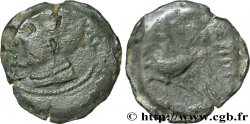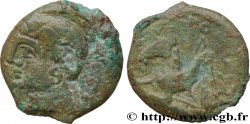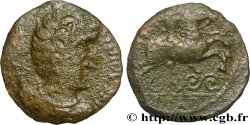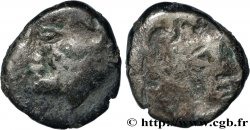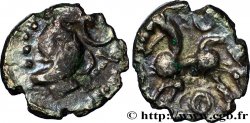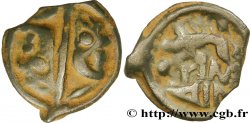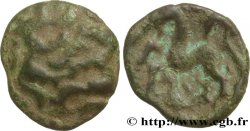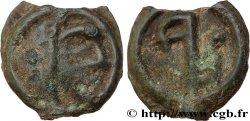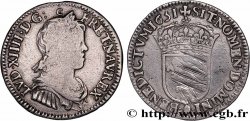E-auction 164-100400 - bga_380451 - GALLIA - ARVERNI (Area of Clermont-Ferrand) Drachme à la volute et à la palme
Чтобы принять участие в торгах, вы должны войти в систему и стать подтвержденным участником аукциона. Войдите, чтобы сделать ставку. Ваш аккаунт будет подтвержден в течение 48 часов. Не ждите до закрытия торгов, чтобы зарегистрироваться.Сделав ставку на данный товар, вы вступаете в юридическое соглашение на покупку выбранного товара и нажатием кнопки «Сделать ставку» подтверждаете принятие вами условий интернет-аукционов cgb.fr.
Ставка может бить сделана только в полном эквиваленте евро. Торги закроются согласно времени, указанному в описании товара, все ставки, сделанные после закрытия торгов, учитываться не будут. Не следует откладывать предложение вашей ставки до последнего момента, так как система может не успеть обработать вашу заявку, и ваша ставка не будет принята. Более детальную информацию вы найдёте здесь: FAQ по интернет-аукционам.
БЕСПЛАТНО.
БЕСПЛАТНО.
| Оценить : | 300 € |
| Цена : | 175 € |
| Максимальная предлагаемая цена : | 225 € |
| Конец торгов : | 06 June 2016 14:11:30 |
| Участников : | 7 Участников |
Тип Drachme à la volute et à la palme
Дата: Ier siècle avant J.-C.
Металл: silver
Диаметр: 13 mm
Ориентация осей монеты: 11 h.
Вес: 1,71 g.
Редкость: R3
Комментарии о состоянии
Flan un peu court et ovale avec un bel avers et un revers un peu mou. Patine grise
Ссылки в каталоге: :
Происхождение:
Lot 99 de la vente LECLERC de Marseille en 2015
Лицевая сторона
Аверс: легенда: ANÉPIGRAPHE.
Аверс: описание: Tête masculine à gauche, la chevelure en esses imbriquées les unes aux autres ; les favoris marqués et bouletés ; quatre globules marquent la narine, la bouche et le menton.
Обратная сторона
Реверс: легенда: ANÉPIGRAPHE.
Реверс: Описание: Cheval à gauche ; au-dessus, une volute et entre les jambes, une palme en forme de pomme de pin (?).
Комментарий
Cette très rare monnaie arverne est particulièrement intéressante car elle servit de prototype au denier DT. 501 attribué aux Ambiens !
Bien que représentée par un exemplaire à la BN et un dans la collection Danicourt au musée de Péronne, il sembla longtemps qu’aucun autre exemplaire n’était répertorié !
Dans le numéraire Celtique, les auteurs distinguent deux séries avec l’esse et la palme, mais leurs illustrations ne sont pas cohérentes et les monnaies listées ne sont pas toutes du même type....
Bien que représentée par un exemplaire à la BN et un dans la collection Danicourt au musée de Péronne, il sembla longtemps qu’aucun autre exemplaire n’était répertorié !
Dans le numéraire Celtique, les auteurs distinguent deux séries avec l’esse et la palme, mais leurs illustrations ne sont pas cohérentes et les monnaies listées ne sont pas toutes du même type....







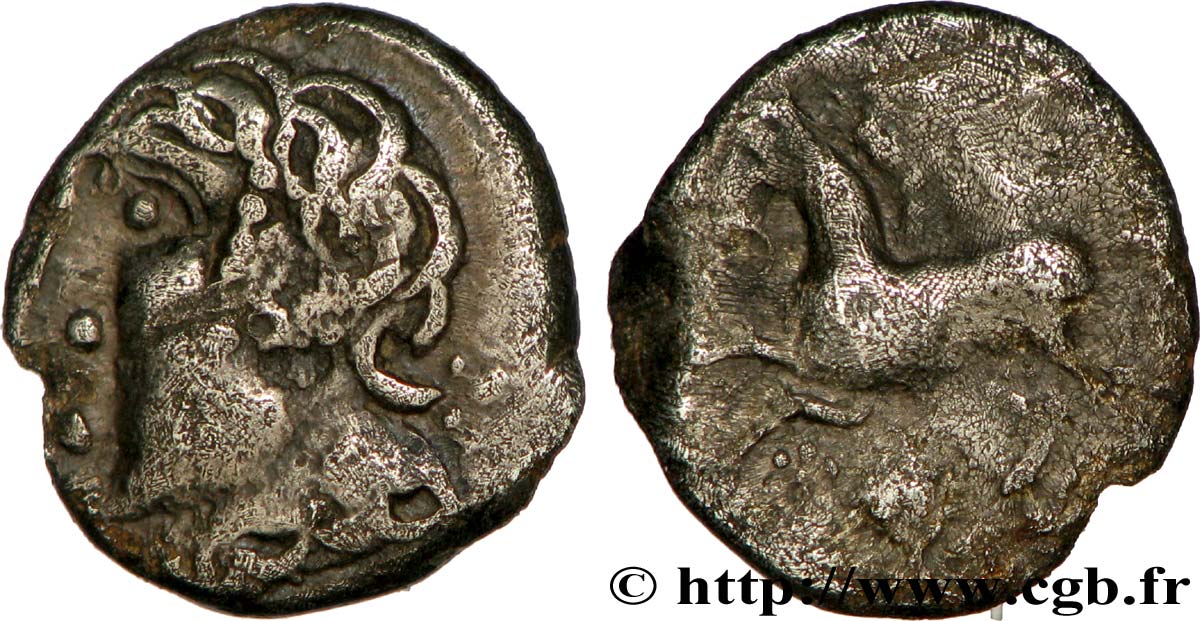
 Cообщить об ошибке
Cообщить об ошибке Распечатать страницу
Распечатать страницу Отправить мой выбор
Отправить мой выбор Задать вопрос
Задать вопрос Consign / sell
Consign / sell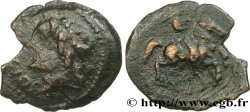
 Информация
Информация
